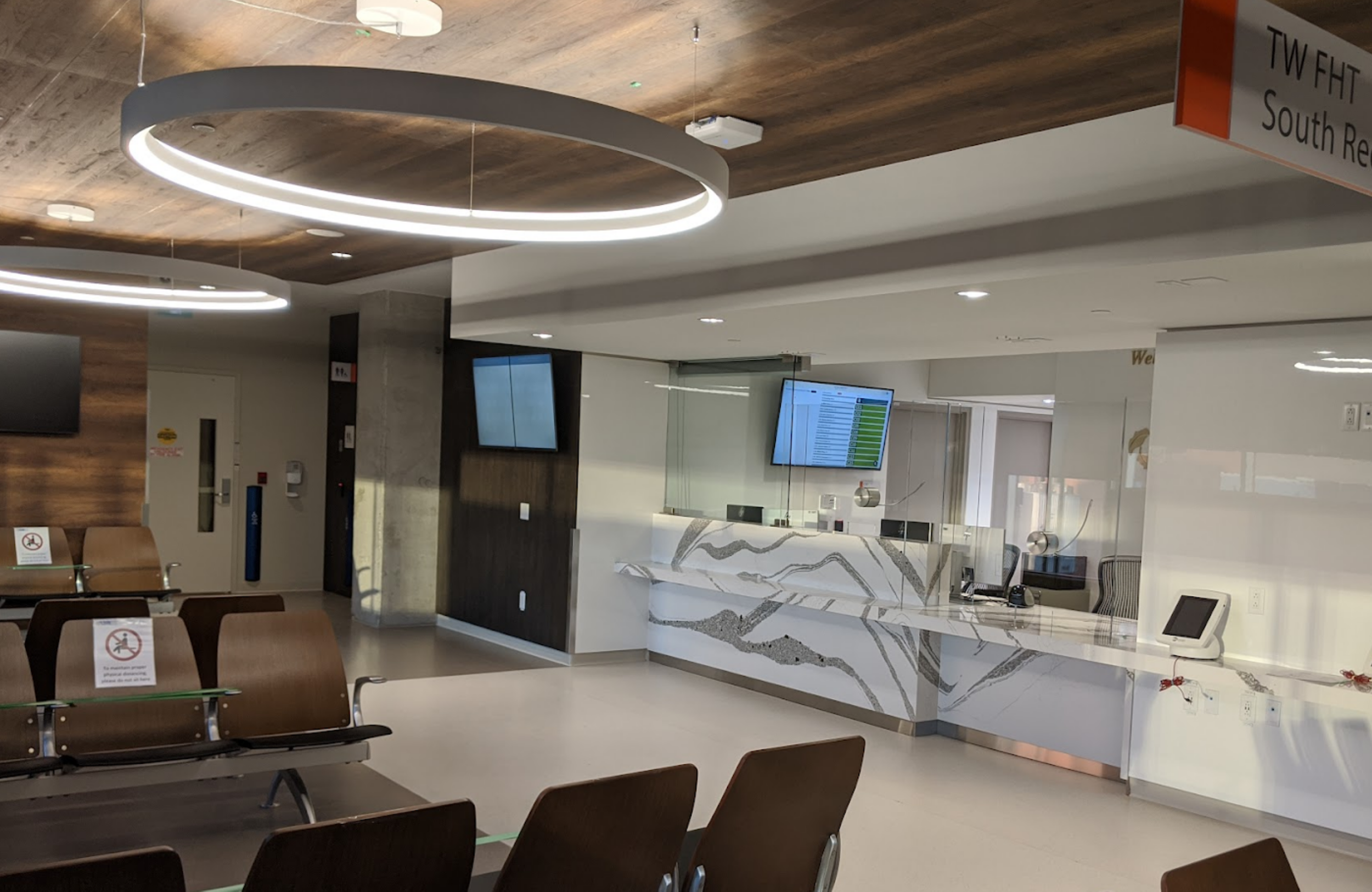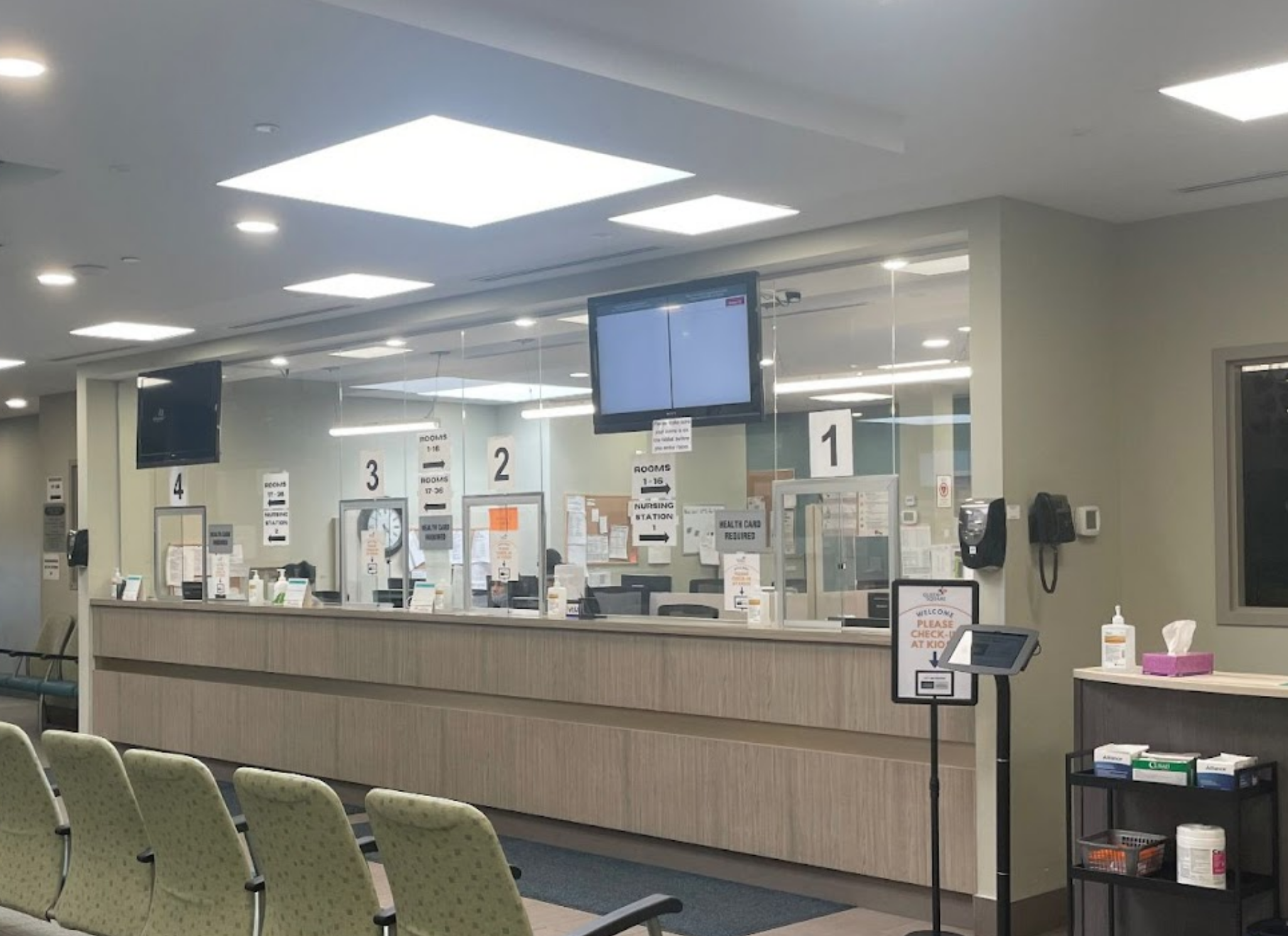Hardware & Wiring Requirements
CHIME is a clinic workflow management system. It involves the deployment of a variety of hardware throughout a clinic, including waiting room screens and wall-mounted room tablets. This document outlines the recommended IT and electrical requirements when installing waiting room screens.
Waiting Room Screens
To facilitate CHIME in your clinic’s waiting room, what needs to be installed are one or more TVs so that every patient can view at least one screen. We do not have specific placement recommendations as this is very specific to a particular clinic’s layout.
Typically:
the Clinic is directly responsible for installing TVs and making a power outlet available to CHIME for each TV.
CHIME is responsible for supplying the hardware that plugs into the TV to display CHIME. This hardware requires ONE power outlet.
TV Recommendations
There are commercial TVs and consumer TVs. Commercial TVs are designed to operate continuously whereas consumer TVs do not and may, for example, suffer from burn-in or colour fade.
This being said, our experience is that it’s adequate for most clinics to use a consumer level TV without any smart TV features, knowing that if they run into issues, the cost to purchase and install a replacement in minimal.
Any TV that you purchase should have a resolution of at least 1080p
If purchasing a 4K TV, please ensure it will accept 1080p input and will upscale the image automatically (this is the case for nearly all consumer TVs)
The TV should be sized according to the size of the room. Roughly, based on our experience the following seems to make sense, but you will need to assess your space appropriately:
A room that seats 4 - 6 needs a 32 inch + TV
A room that seats 6 - 8 needs a 40 inch + TV
A room that seats 8 - 10 needs a 42 inch + TV
A room that seats 10 or more needs a 50 inch + TV
Consider installing multiple TVs depending on the layout of your waiting room.
Driving the content
We supply content on the TVs via a dedicated phone sized device. This device:
Connects to the TV via HDMI
Mounts directly to the TV with industrial velcro without issues
Does NOT require ethernet connectivity (they are WiFi connected) but CAN be connected via ethernet if conveniently available (this is preferred).
DOES require a power outlet, it cannot be powered off the TV’s USB port.
The TV itself does NOT need to be a smart TV.



